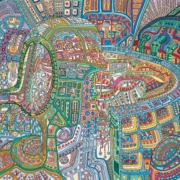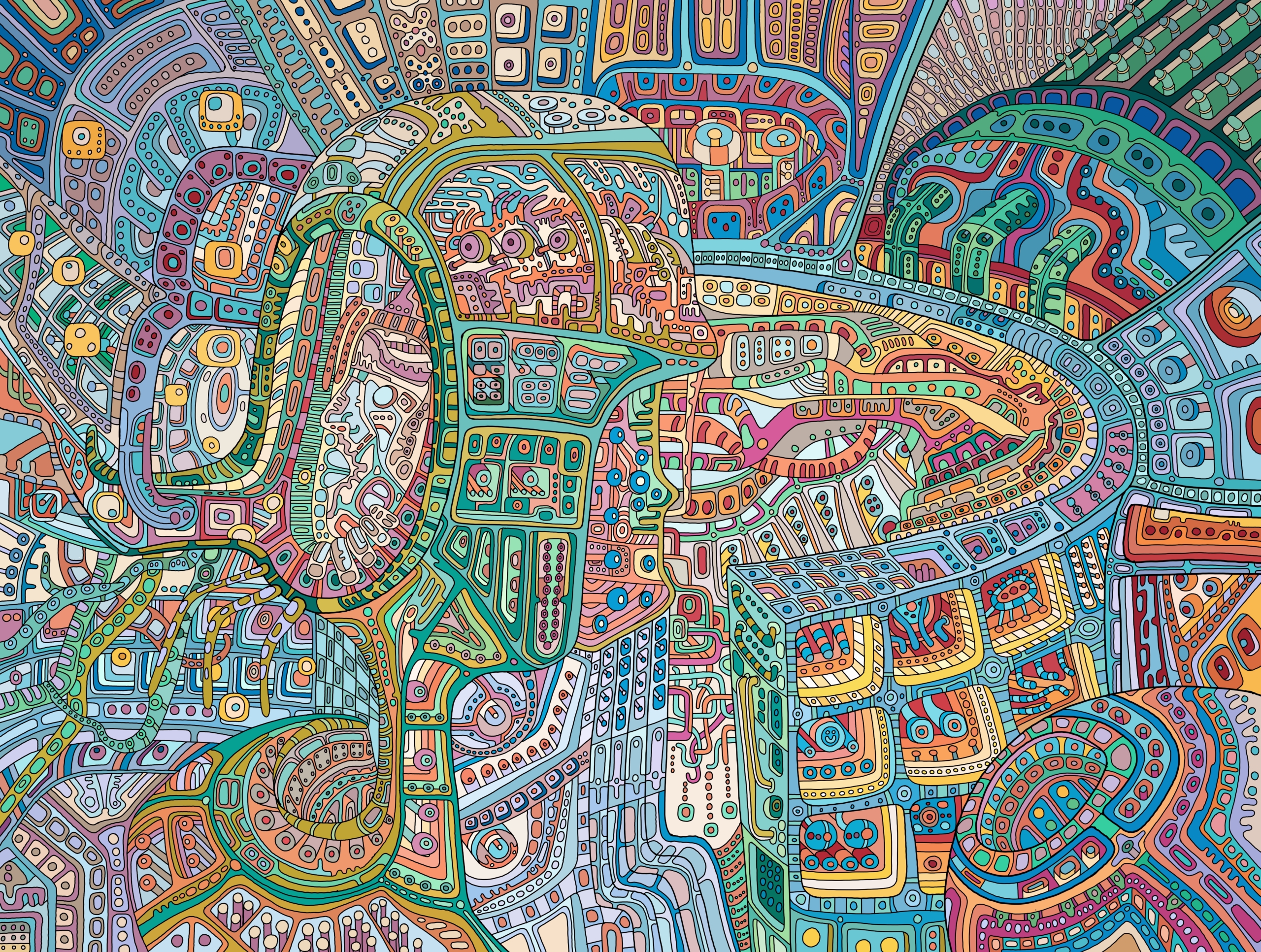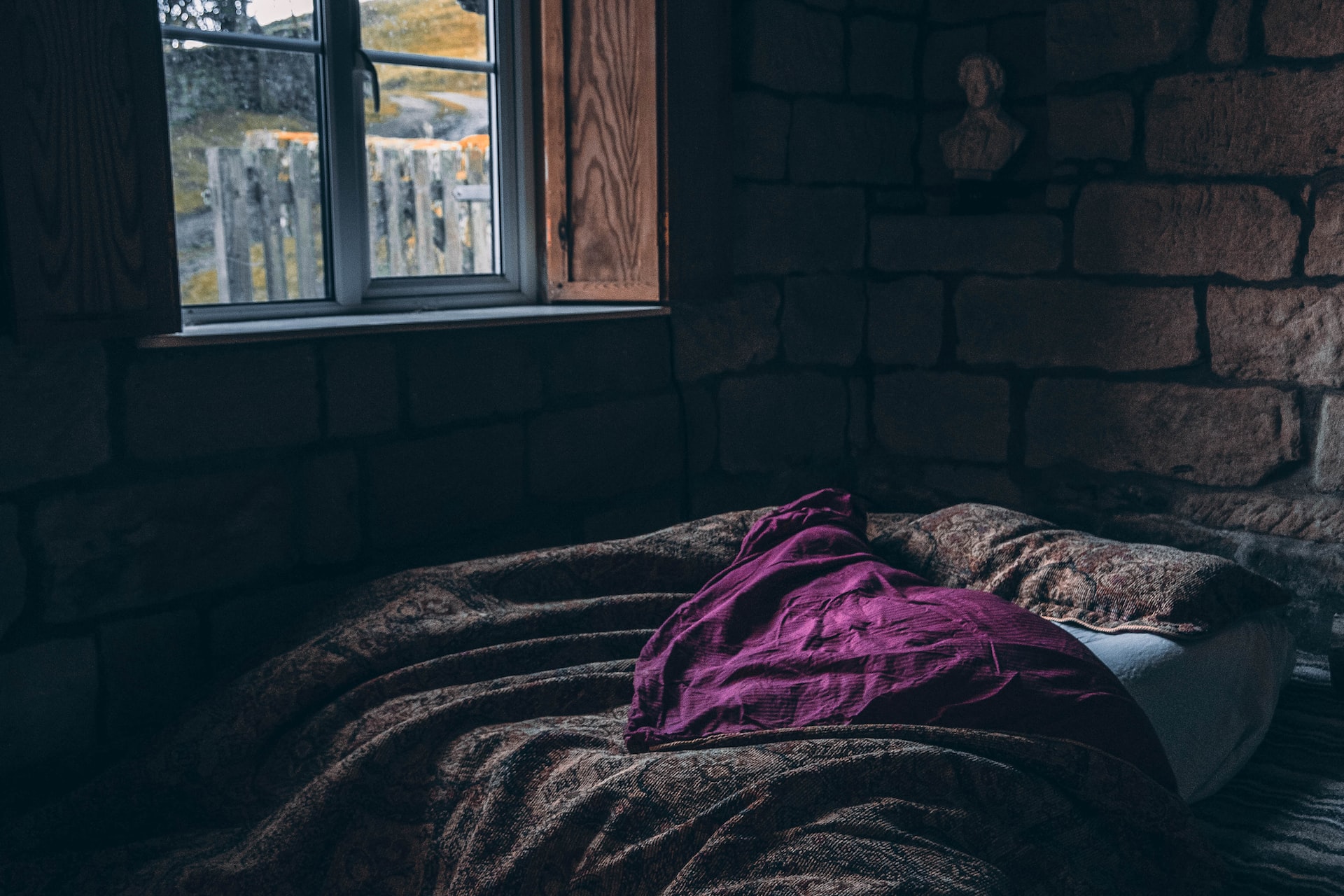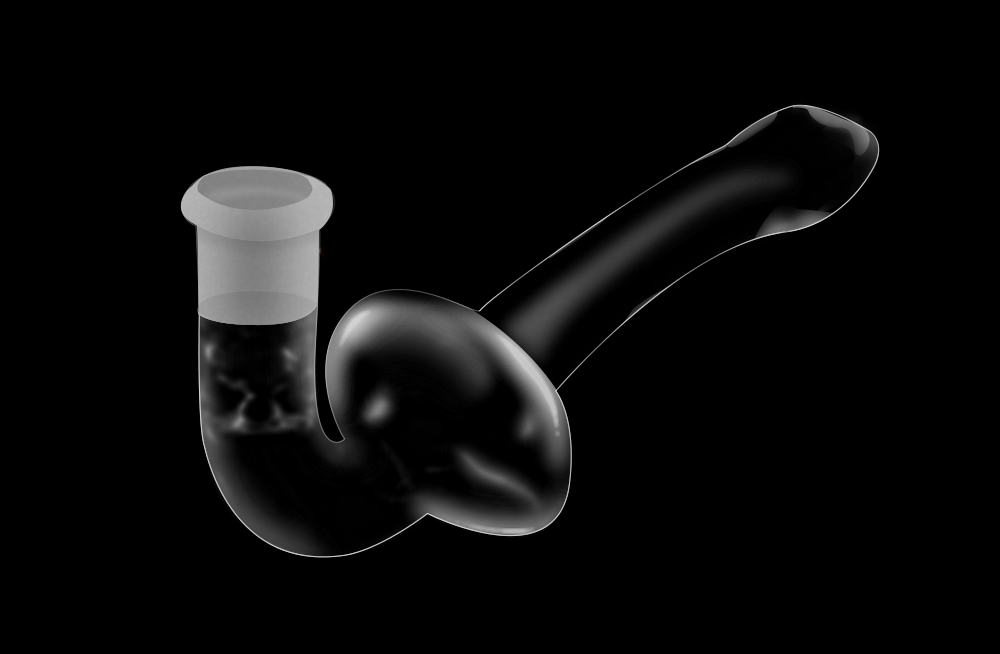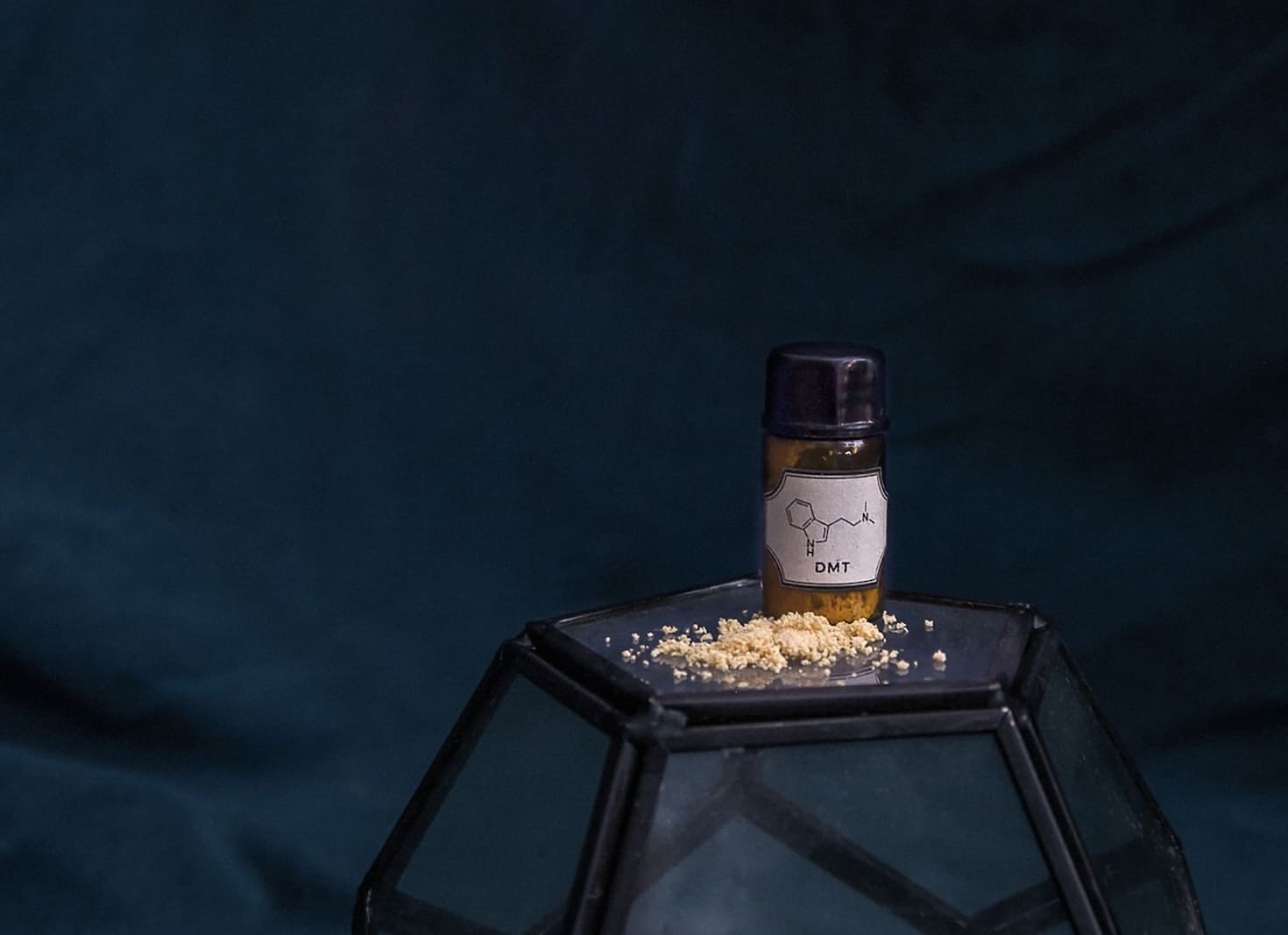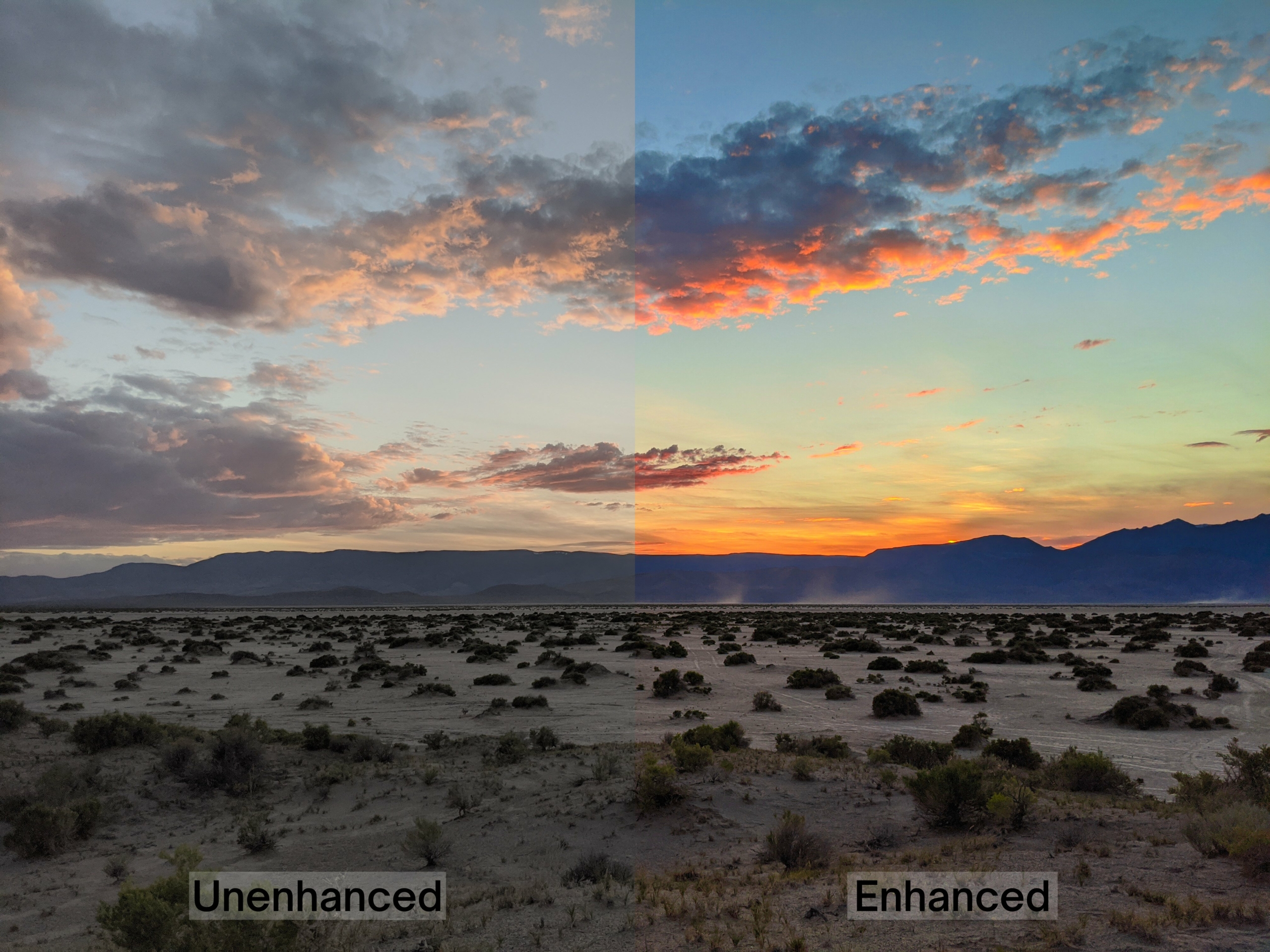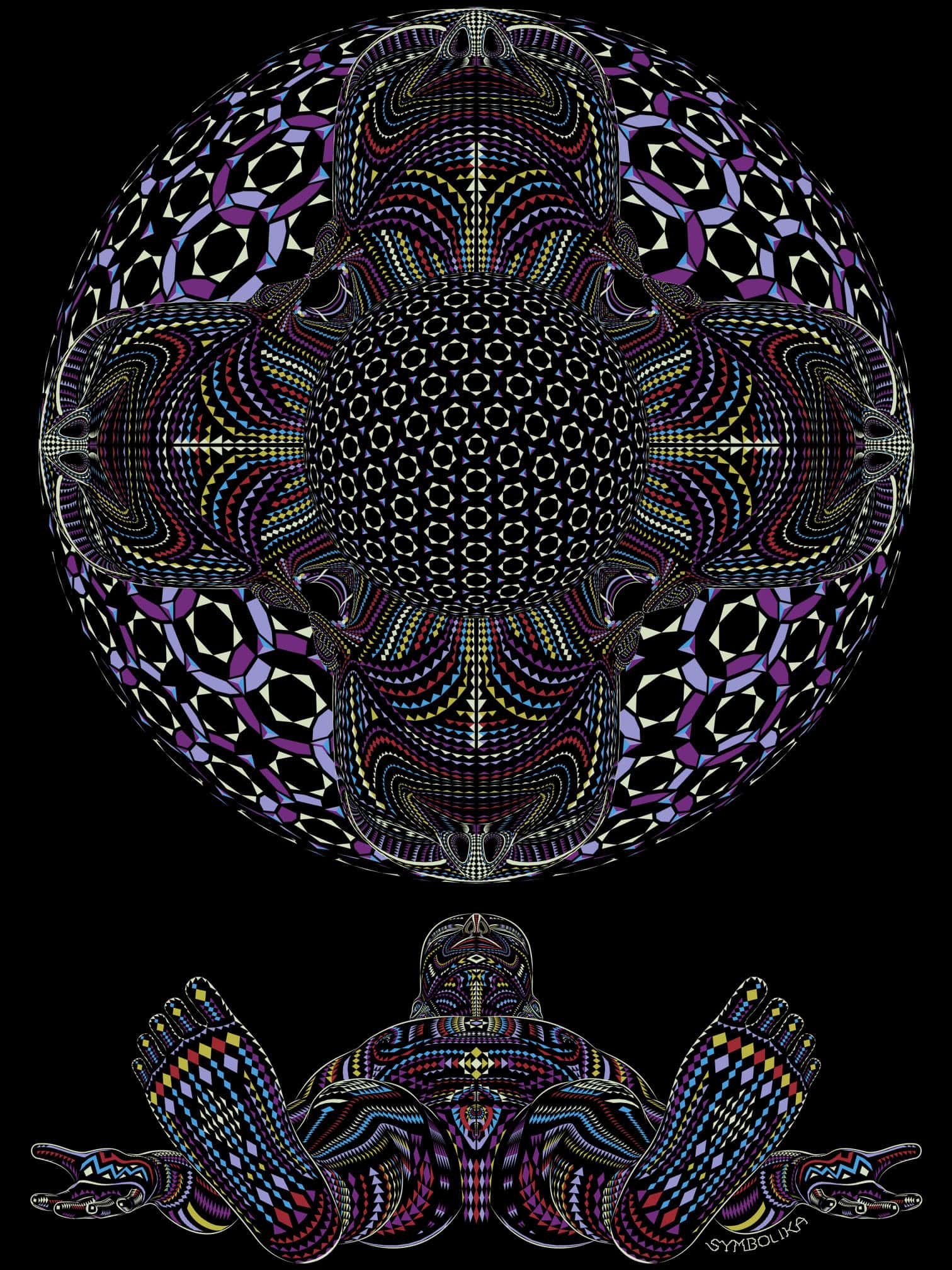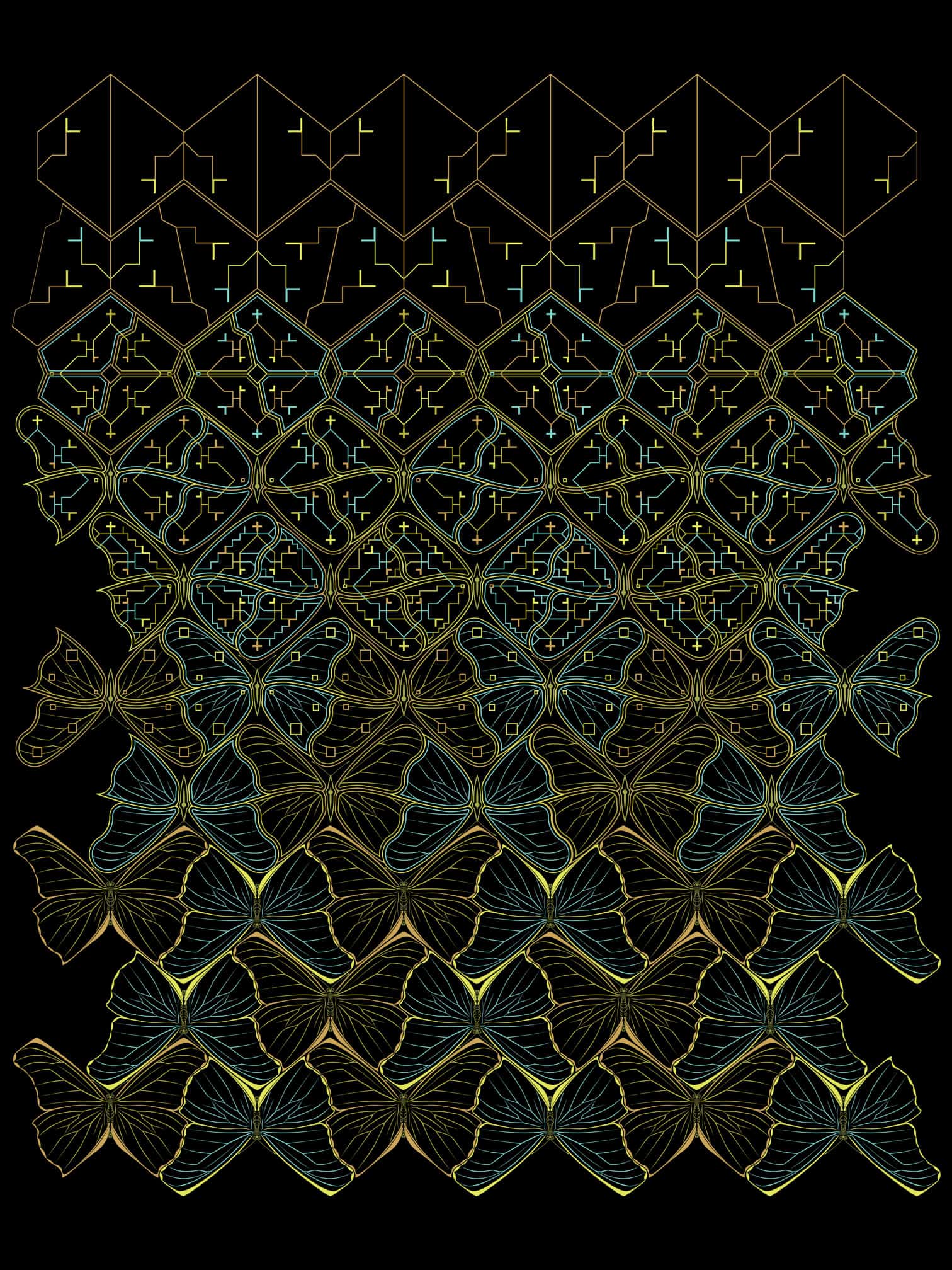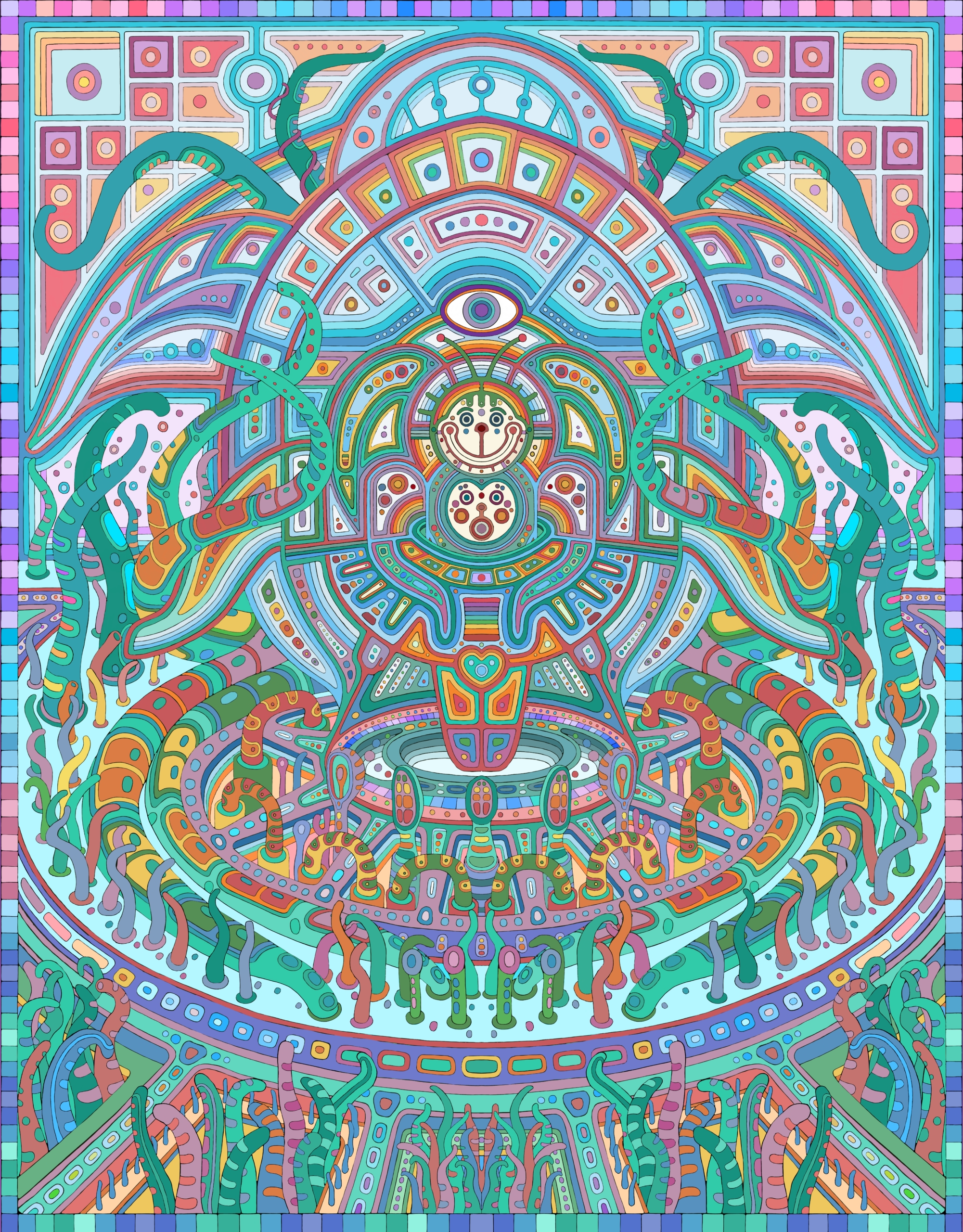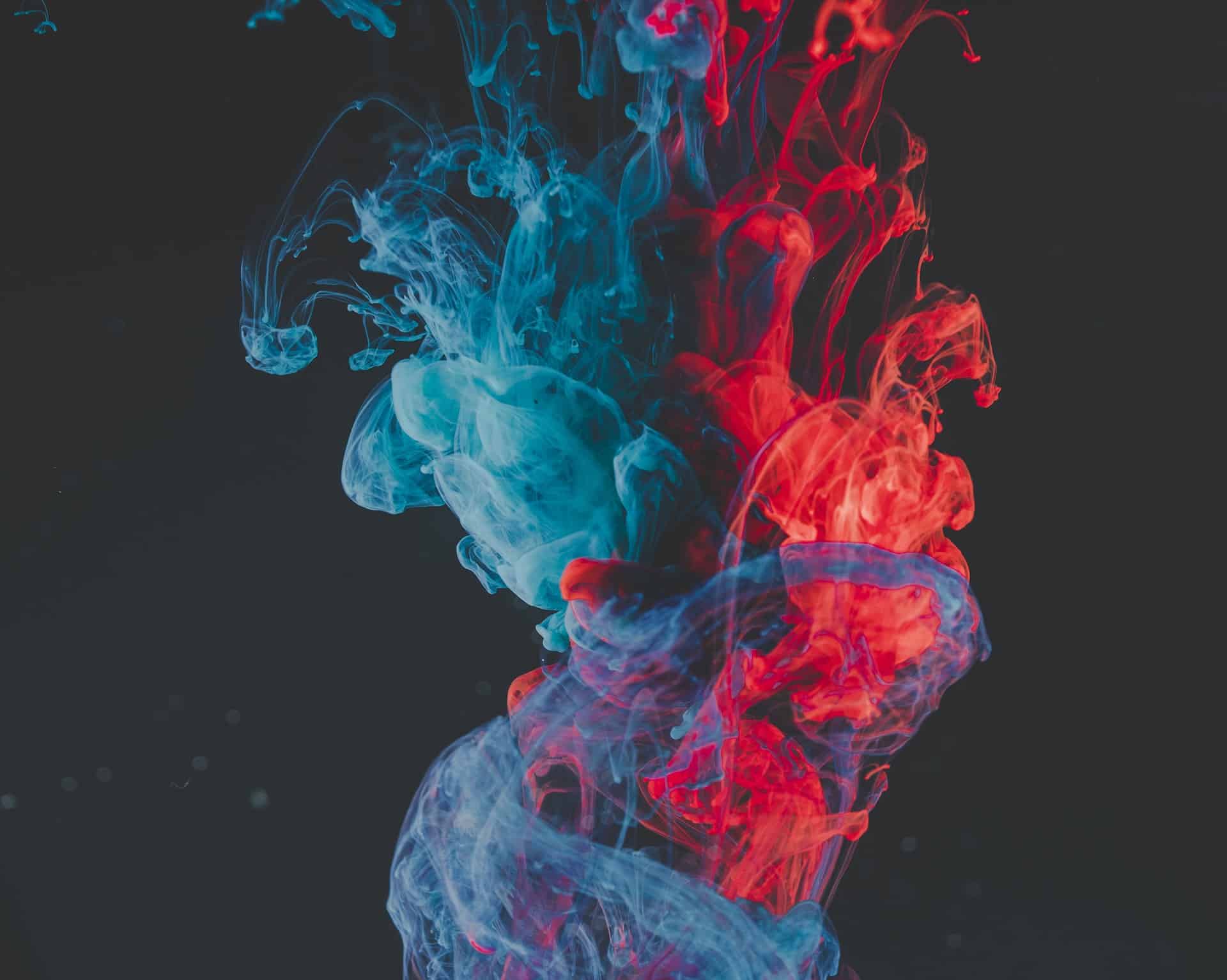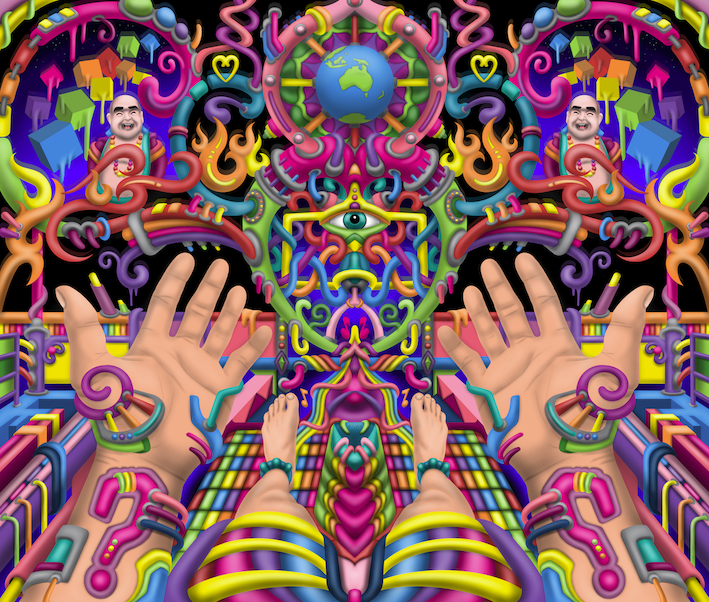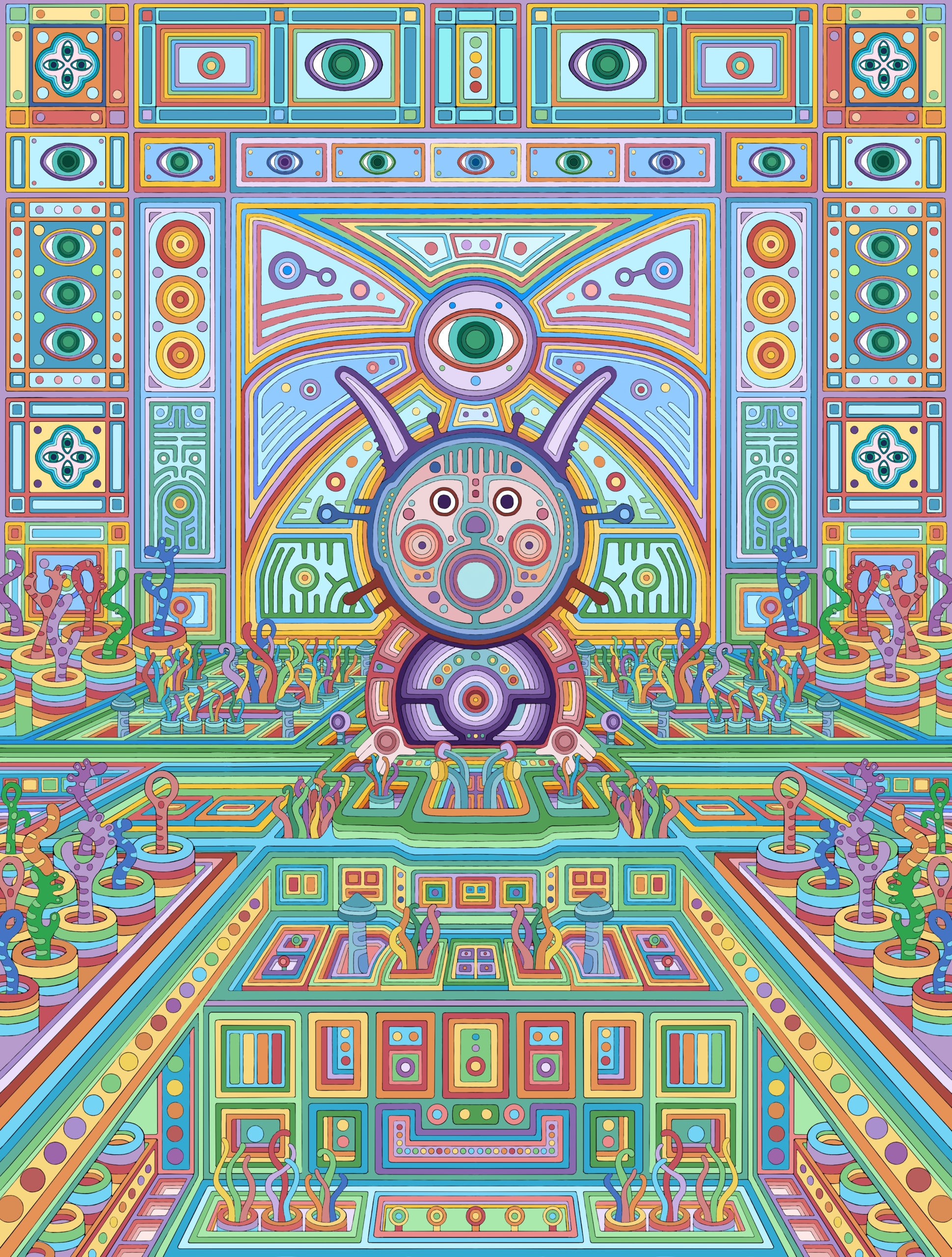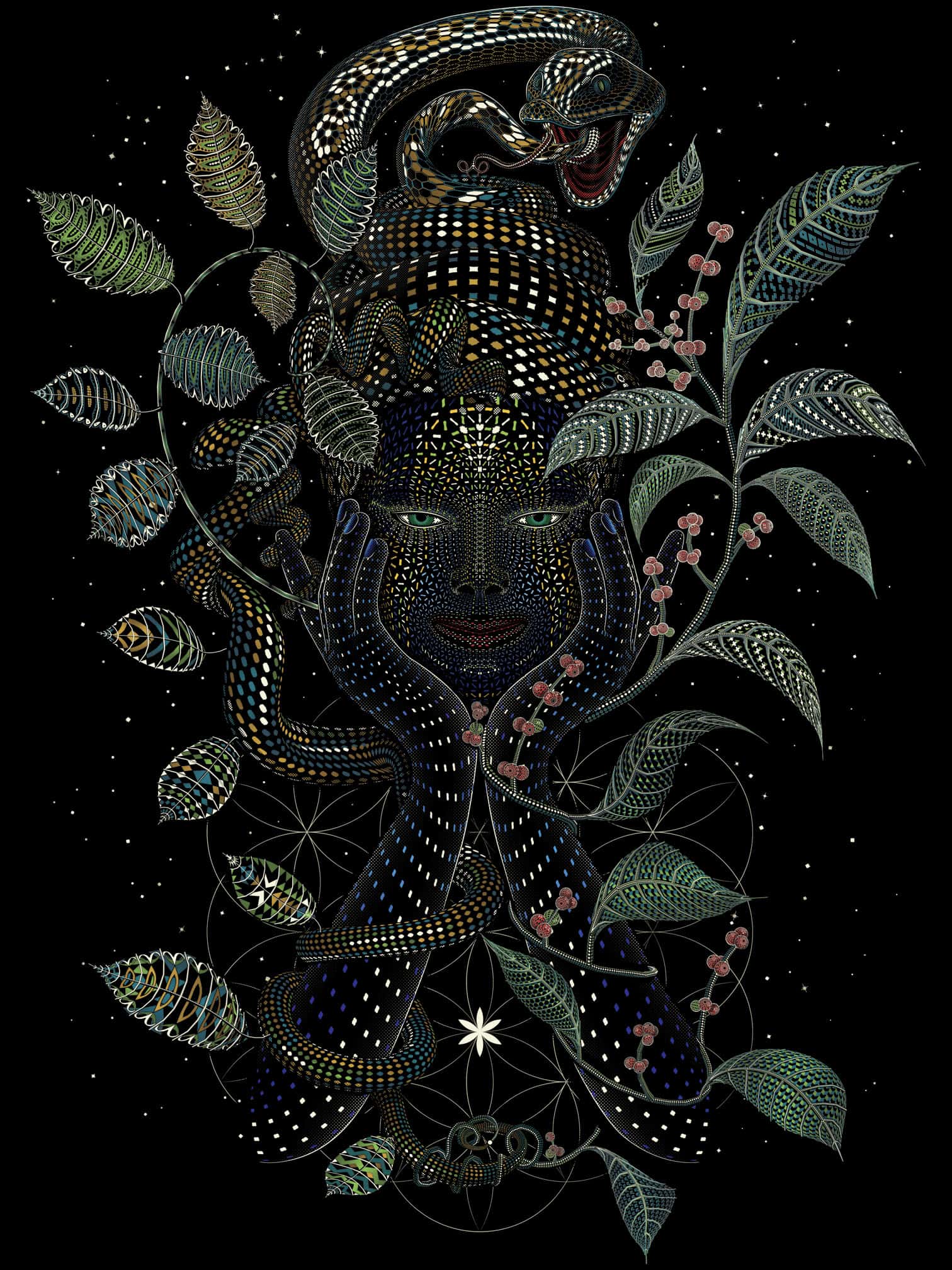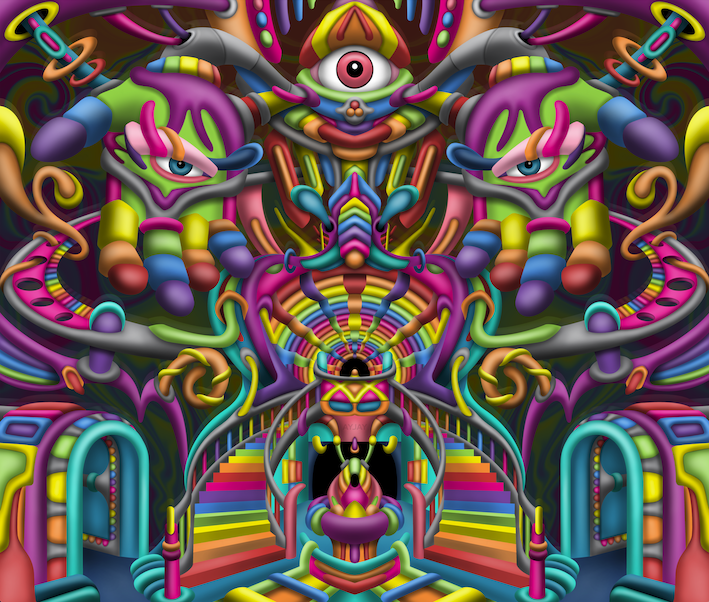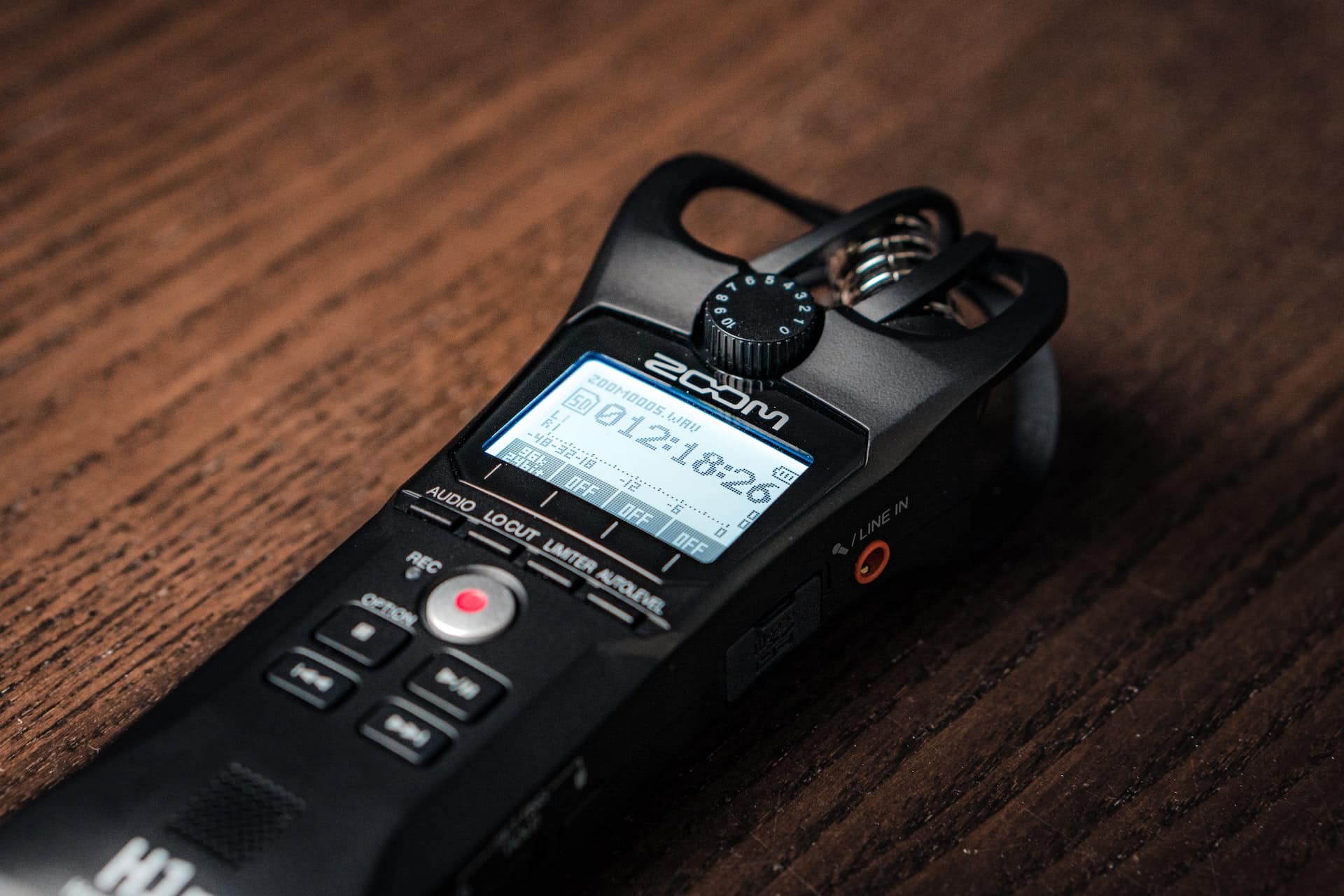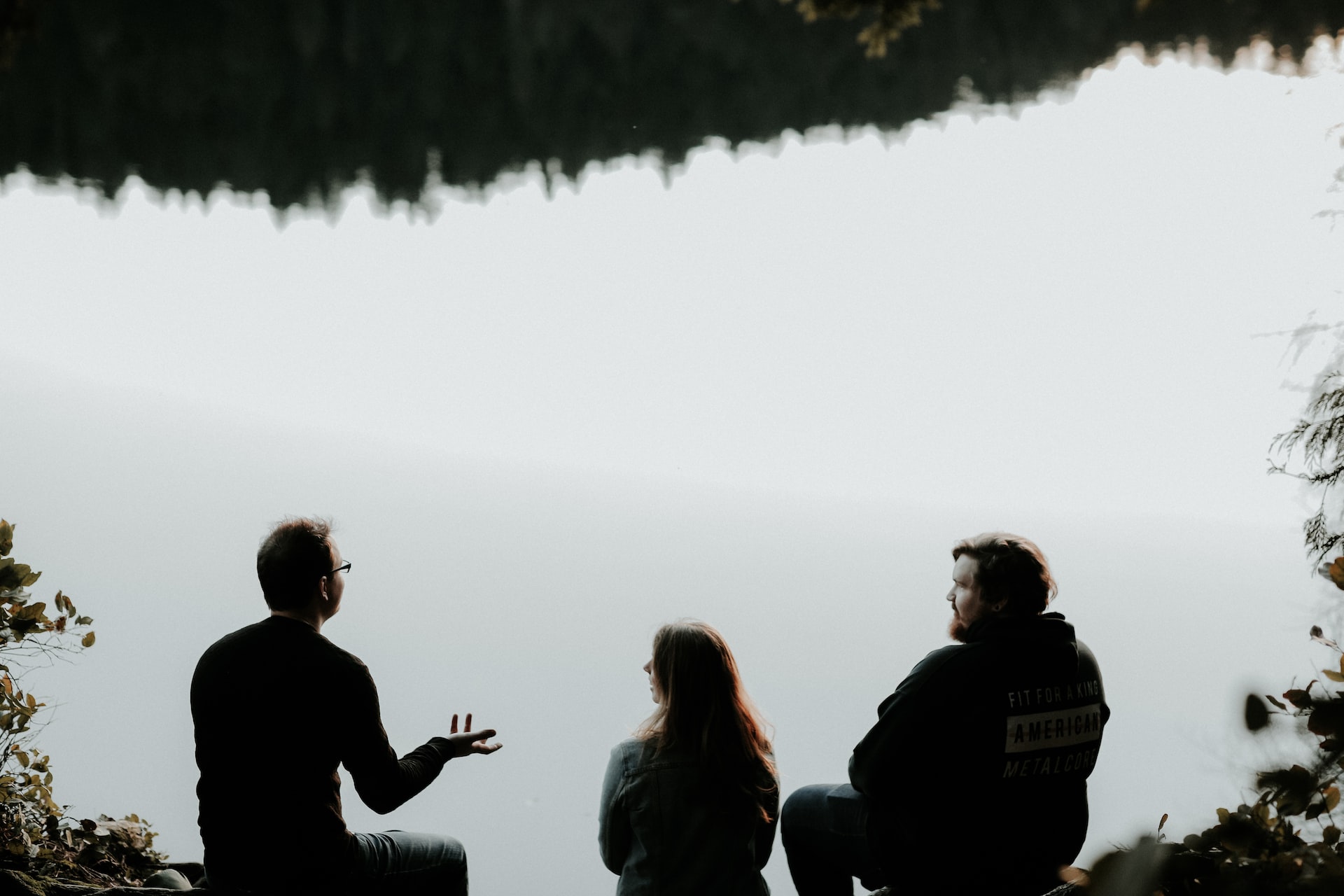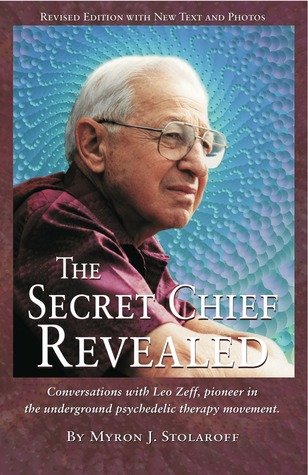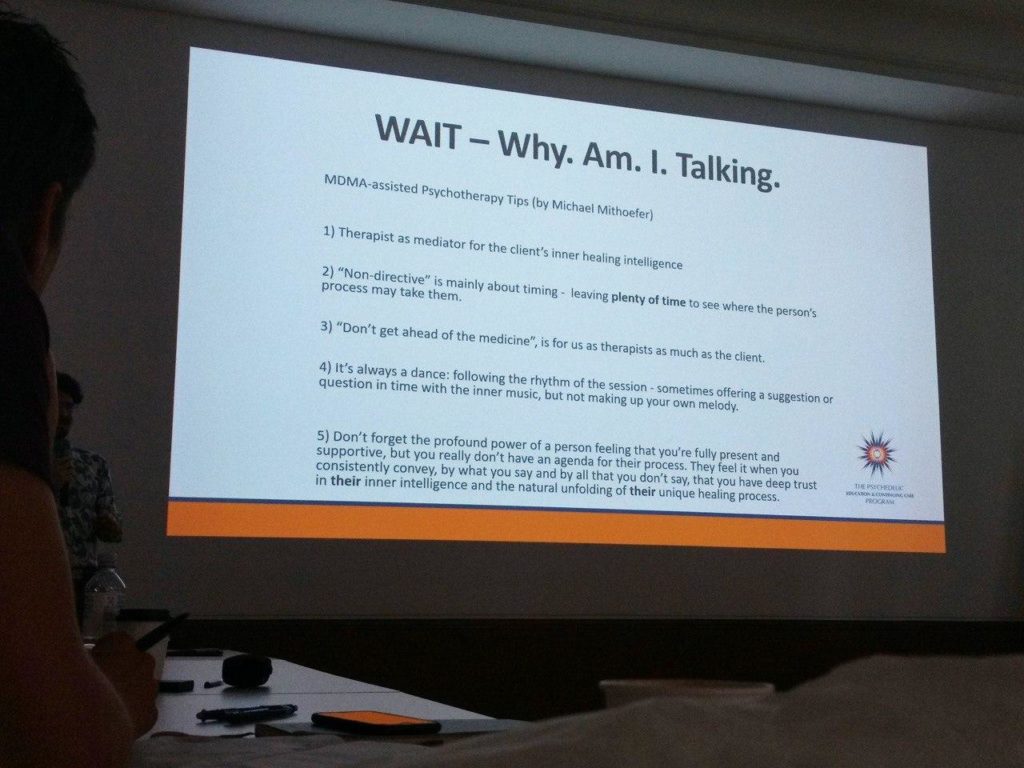MDMA and music: Magical combo.
MDMA and live music: Now we’re talking.
Concerts, gigs, shows. Whatever you call them. MDMA can heighten the experience beautifully.
The combo is a popular choice because it goes down so so well.
As the psychedelic revival continues to grow, much talk on the use and application focuses on the idea of using psychedelics in a medical or clinical context. While some argue that psychedelics are only good when used for treatment or healing, I believe in cognitive liberty.
Citizens should have the freedom to alter their minds as they choose. That includes taking MDMA for enjoyment, fun, therapy, and mental health interventions.
I am a huge believer in using both classic and non-classic psychedelics for healing and therapeutic purposes, and at the same time, going to gigs on drugs has been one of my greatest joys in life.
So I wanted to write a blog post to help others have some amazing and memorable experiences. This post will contain some tips to help you make the most of your experience. Of course, many drugs can be enjoyed with live music, and most of the tips here will apply across the board. I’m just keeping on theme for MDMA month on the blog.
We’ll go in three sections, in chronological order: 1. Pre-show, 2. During, and 3. After.
Let’s ago!
1: Pre-Concert
Before getting into concert specifics, follow these standard MDMA best practices to help ensure a smooth and enjoyable experience.
1.1: Prepare Doses
Save yourself the hassle of fumbling with tiny crystals while you’re out and about. Pre-weigh your doses and have them ready to go in capsules. I generally like to dose before entering the venue if I can so I don’t have to think about any security checks, but in my experience, those are usually pretty lax.
1.2: Create a Basic Schedule
Timing the dose well is key. This prevents the need for redosing, or not being high when the band plays.
To time well, knowing the stage times is crucial.
Reach out to the band on Instagram or Twitter, contact the venue, or arrive early to find out, where stage times might be posted around. Otherwise, you might ask the sound guy or whoever is at the merch stand, as they’re usually wise to this info. If you can’t get this info before, you can make a best guess. Based on doors opening, how many bands are playing and recent gigs at the venue.
Once you have the stage time, you can work backward to create a basic schedule and plan your time of dose accordingly.
I typically aim to be up and feeling the effects about 15-30 minutes before the band I am there to see steps on stage.
For example, say I’m seeing the Oh Sees, and they’re on at 9:00pm.
I like to dose on a more or less empty stomach, and MDMA takes about 80 minutes to kick in on said empty stomach. So I’d make a basic schedule that looks like this:
5:00 Dinner
7:15 Dose / Leave
8:00 Arrive venue
8:00 Opening band
9:00 Oh Sees
1.3: Essential Packing List
Make sure you have any important items with you. Here’s my standard packing list:
- Wallet
- Keys
- Phone
- Earplugs (I’ll usually use these for opening acts to save my ears)
- Chewing Gum
- Water (note that some venues won’t allow you to take this in)
- Weed vape
Make your own with items you’ll need or want and know where you’re keeping them for the show.
1.4: Scouting the Venue
It can help to get familiar with the venue before the concert.
You might find out if sections are standing, or if seating is unreserved or reserved and choose your ticket type accordingly. This can help avoid the stress of searching for seats while under the influence.
1.5 Cloakroom and Jacket Considerations
To ensure maximum comfort during the concert, consider the cloakroom options. Some venues offer cloakrooms or garderobe where you can store your belongings for a small fee. Some don’t. Again, you might try and find this out before, but if you can’t you’ll need to be prepared for both scenarios.
If it’s not available or practical, you might wear lightweight clothing and keep your valuables on you.
I’ve just placed my jacket in a corner or on the stage at some shows and picked it up after. If you do this you might take an old jacket so that you won’t be too worried if it disappears (it has happened to me once!).
2: Navigating the Concert Environment
2.1: Scouting the Venue on Arrival
When you arrive, familiarize yourself with the venue. Knowing the layout and key locations will help you feel more at ease and in control of your surroundings, help allow you to fully immerse yourself in the concert experience.
Here’s a few basics:
- Locate the toilets: Knowing their location will save you time and prevent any unnecessary wandering around in search of them. Also good to have this knowledge when MDMA might increase your need to use the facilities.
- Identify water sources: Staying hydrated is obviously important, especially if you’re going to be dancing or sweating. However, sometimes the bar queues are a joke. So you might like to keep a small bottle on you. One trick I use is hydrating from the bathroom taps if they’re accessible and clean. If you’ve been able to bring in an empty water bottle you can top this up there. It can also be nice to splash water over yourself to cool down.
- Explore the outdoor area: Fresh air and a change of scenery can enhance your experience and provide a brief respite from the crowded concert environment. Also can be a good spot to meet up with friends or take a breather between sets.
- Other places: Places to sit down: Good to know in case you need it.
Also good to familiarize yourself with the entrances, exits, and any other noteworthy features or spaces.
2.2: Empty Your Bladder
I like to do this directly before the band I wanna see cause y’know, I don’t wanna go in the middle of their set.
2.3 Finding Your Spot In The Crowd
If standing, where are you gonna stand for the show?
This is entirely up to you, but if you’re with friends you might like to briefly discuss it before.
Will you attempt to stay together? Will you maybe lose each other in the crowd? Some people like to be closer to the action, some people prefer to be in spots where its less crowded. You may also split up and reconvene later. Some clarity on this can be useful though.
For most gigs I like free reign and then to catch up with friends again after. If you like to be close to the front, one trick I’ve found that works well is to wait until the band starts playing, and then just move forward to the pit. It helps prevent the old sliding past people and then just stopping awkwardly infront of someone.
If you’re close to someone in the crowd who’s bothering you for whatever reason, I’d suggest moving to another spot sooner rather than later.
If you’re in unreserved seating, you might like arrive early and claim your spot.
When choosing or booking seats, you might consider if you’d like to be close to the aisle for easy access and not having to trample and squeeze past people when you wanna get out.
2.4 Placing Your Attention
Where you put your attention can massively change your experience. It’s consciously filtering the intake of your setting.
This might be from watching the band, closing your eyes and tuning in to the sounds of the music, taking a panoramic of the light show, or watching a particular band member. If there is a band member whose energy you’re vibing with, try and get in a spot where you have a good clear view of them. Or just remember to keep your eyes on them.
3 After The Show
3.1: Establishing a Meeting Place
Designate a meeting spot for easy reunions with friends. Make sure it’s a location that everyone can find without difficulty. You might choose somewhere inside or outside the venue.
3.2: Planning Transportation
Don’t leave yourself stranded in an unfamiliar city late at night and high. Figure out your transportation options before, then plan your transportation to the degree that you’d like to., considering timings and availability of options.
3.3: Preparing for After the Concert
If you’re heading home after the concert, have your preferred food, drinks or whatever else you’d like ready and waiting for you.
Final Thoughts
Some of my favorite and most memorable life experiences have been at concerts, with substances, and in a combination of both. That includes being obliterated in a tornado of Ty Segall’s guitars (2-CB+MDMA), feeling universal love with Sigur Ros (1p-LSD), and rocking out to the Oh Sees (MDMA – yes that example was from last month).
I hope this guide will help you to have some incredible and joyful experiences, too.
Remember basic safety, plan your schedule, pack the essentials, and navigate the concert environment like a pro. With these tips, you’ll be well-prepared to have an awesome time.
If you have questions, feel free to reach out. I’m here to help you have an amazing concert experience!
Stay safe, and best wishes out there.






